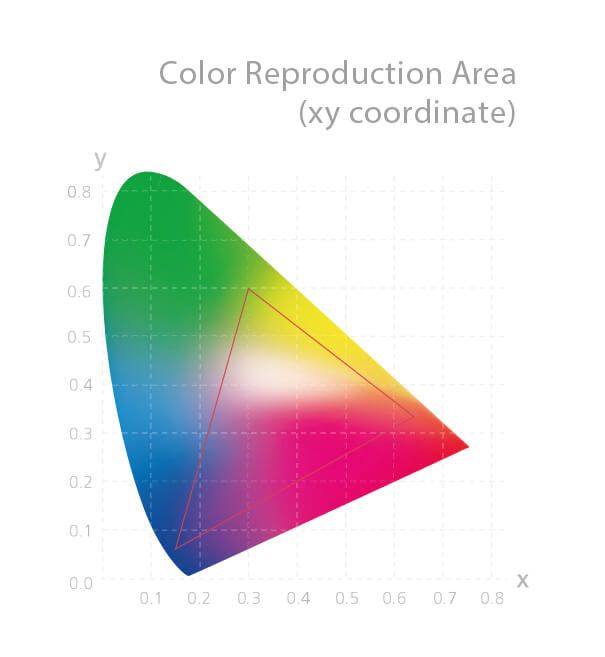Resources - Creative Work
sRGB Colour Space
Stands for "Standard RGB" (RGB stands for "Red Green Blue"). sRGB is a color space that defines a range of colors that can be displayed on screen on in print. It is the most widely used color space and is supported by most operating systems, software programs, monitors, and printers.
Every color on a computer screen is comprised of individual red, green, and blue values. The sRGB specification make sure colors are represented the same way across different software programs and devices. For example, if you select the sRGB color space in your image editor and for your printer (which is typically the default setting), the colors produced by the printer will closely match those on the screen. If your color spaces do not match, the printed colors may appear noticeably different than the ones you see in your software program.
If you select the "Adobe RGB" color space in Photoshop, then print to an printer that is set to sRGB, the printed colors may appear dull compared to those on the screen. This is because the Adobe RGB color space has a wider range of colors than sRGB. Similarly, an image saved with an Adobe RGB color profile may appear to have less color when viewed on the web, since web browsers use sRGB as the default color space.
Monitors and printers have unique tonal qualities, so colors may not appear exactly same on different devices or from screen to print, even when the sRGB color profile is used. Therefore, high-end devices, such as those used in desktop publishing, allow for manual calibration to adjust for slight differences in color. Even without calibration, sRGB provides a level of consistency for displaying colors, which is especially important across different platforms.
History
The sRGB color space was created by Microsoft and Hewlett-Packard in 1996. It was designed to provide a universal color space for devices and software programs without the need for embedded ICC (International Color Consortium) profiles. The IEC (International Electrotechnical Commission) standardized the sRGB specification in 1999 as "IEC 61966-2-1:1999." Several decades later, sRGB is still the standard color space for 8-bit color. However, modern displays, which can produce 10-bit or 12-bit color, may also support HDR, which provides a much wider range of colors than sRGB.
For more infomation on sRGB, Click Here
Adobe RGB Colour Space
The Adobe RGB (1998) color space is an RGB color space developed by Adobe Systems, Inc. in 1998. It was designed to encompass most of the colors achievable on CMYK color printers, but by using RGB primary colors on a device such as a computer display. The Adobe RGB (1998) color space encompasses roughly 50% of the visible colors specified by the CIELAB color space – improving upon the gamut of the sRGB color space, primarily in cyan-green hues.
For more infomation on Adobe RGB, Click Here

Gamma Correction
Gamma correction, or often simply gamma, is a nonlinear operation used to encode and decode luminance or tristimulus values in video or still image systems.
For more infomation on Gamma Correction, Click Here

